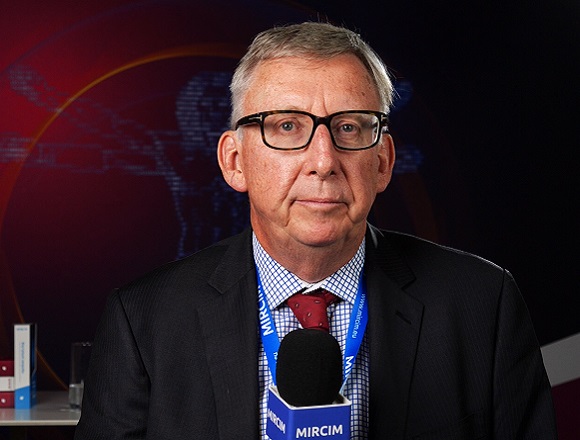Julian Dobranowski, MD, is a professor and chair of the Department of Radiology at McMaster University and chief of diagnostic imaging at Niagara Health.
Is there still a need for a dedicated high-resolution computed tomography (HRCT) protocol in 2023 (vs spiral CT and CT postprocessing)?
Several years ago, when technology wasn’t as advanced as it is right now, all the scanners were only allowed to do single slices. In that case, we would make sure that the field of view is narrow and we would use a postprocessing algorithm to create what’s now known as a high-resolution image.
With the new scanners that have been introduced into the system, the multidetector and spiral scanners, too, the scanning is extremely fast. You can actually create very thin slices with a spiral scan; however, there’s a huge cost to that and the cost of that is, of course, the radiation dose to the patient.
So, in our institution we have a respirology center. Basically, we have stuck to individual slices just to decrease the total load of radiation on the patients, remembering, though, that these patients will probably also have additional scans in the future, too. So, being concerned about cumulative doses, we do try and keep that in mind when doing these tests.
Now, there are subgroups of patients who do require thicker scans looking for nodular disease, for example. Doing very thin slices, you can miss nodules, too. So we do rely in some situations on a combination of conventional scans and high-resolution scans.
 English
English
 Español
Español
 українська
українська








